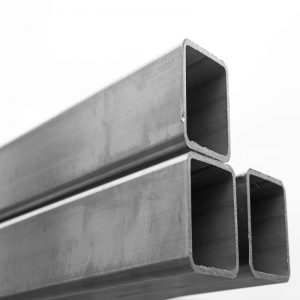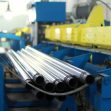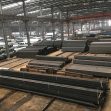Steel pipe industry problems
Current situation and challenges of carbon emission in steel industry
China’s iron and steel industry accounts for about 15% of the total carbon emissions in the country. It is a manufacturing industry with high carbon emissions in China. It urgently needs to accelerate the transformation of low carbon, reduce the carbon emissions of the whole society, and ensure that the national carbon peak and carbon neutralization goal are achieved smoothly.
Iron and steel industry, covering energy, chemical industry, building materials and so on many Tianjin steel pipes, is one of the most complex industry processes, including coal and gas power generation, heating boiler, coking and deep processing of coke oven gas, ironmaking and steelmaking, respectively belong to electric power, heat, traditional coal chemical industry, metal smelting, building material industry, etc. These sectors account for more than half of China’s total carbon emissions. The carbon peaking and carbon neutral routes of the China steel tube factory include output control, energy conservation and emission reduction, clean energy replacement, and hydrogen energy utilization, which are universal. Therefore, the low-carbon transition of the steel industry will be exemplary for all industrial sectors.

A small bundle of box section stainless steel
Iron and steel products are “industrial grain” and play an important role in driving carbon peak and carbon neutrality in manufacturing industry. Iron and steel industry is one of the basic industries of industrialized countries. Iron and steel products such as rectangular hollow section are the main raw materials for infrastructure construction, automobile manufacturing, ship manufacturing, equipment manufacturing, national defense construction and other fields. Therefore, from the perspective of carbon emission in the whole life cycle of products, the low-carbon transformation of the steel industry has an important driving effect on the overall carbon reduction of the manufacturing industry.
Carbon emission of tonnage of steel of our iron and steel industry is about 1.7 tons/ton of crude steel -1.8 tons/ton of crude steel, total carbon emission of more than 1.8 billion tons. From the perspective of process flow, the carbon emission of blast-converter process is about 1.8 tons/ton of crude steel-2.2 tons/ton of crude steel, and the carbon emission of electric furnace process is about 0.4 tons/ton of crude steel — 0.8 tons/ton of crude steel.
Chinese steel pipe company faces many challenges in realizing the low carbon transition development. First, the steel volume is large. China’s iron and steel industry production capacity output stable world first, in 2020 crude steel output accounted for about 57% of the world’s total output. In 2021, crude steel production is still growing, with a year-on-year growth of 15.06% in the first quarter. Higher production means higher emissions, which, if sustained, will make it harder for carbon to peak.
Second, the process structure is unreasonable. Our country’s iron and steel industry technology process are mainly with high carbon emission blast furnace — converter technology, accounting for about 90%, and emission is low electric furnace technology only occupies 10%. Limited by the low proportion of steel scrap used as raw materials for electric furnaces, it is difficult to increase the proportion of electric furnaces technology and reduce the total carbon emissions of the industry without considering the policy encouraging factors.
Tel: +86 18202256900 Email: steel@tjdpbd.com









